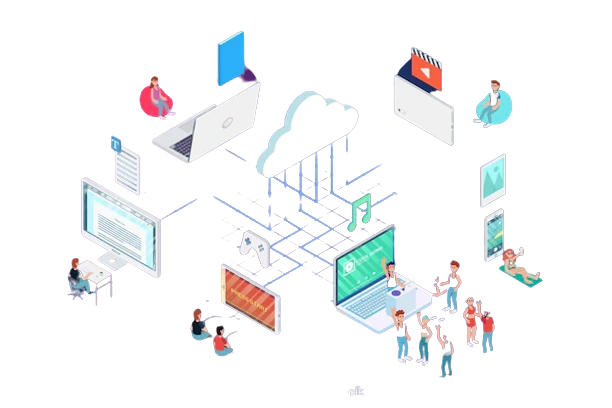Neural Network Development
Neural Network Development
A standard digital computer does many tasks very well. It's completely fast, and it does exactly
what you tell it to do. Unfortunately, it can't help you when you yourself don't fully realize
the problem you want to be solved. Even rubbish, standard algorithms don't deal well with noisy
or incomplete data, yet in the real world, that's regularly the only kind available. One answer
is to use an artificial neural network (ANN), a computing system that can learn on its own.
The first artificial neural network was invented in 1958 by psychologist Frank Rosenblatt.
Called Perceptron, it was planned to model how the human brain handles visual data and learned
to recognize objects. Other researchers have since used similar ANNs to study human
intelligence. Ultimately, someone realized that in addition to providing insights into the use
of the human brain, ANNs could be useful tools in their own right. Their pattern-matching and
learning capacity allowed them to address many problems that were difficult or impossible to
solve by standard analytical and statistical methods.
 UI Design
UI Design UX Design
UX Design Brand and Identity
Brand and Identity
 Graphic and
Illustrations
Graphic and
Illustrations React JS
React JS  Node JS
Node JS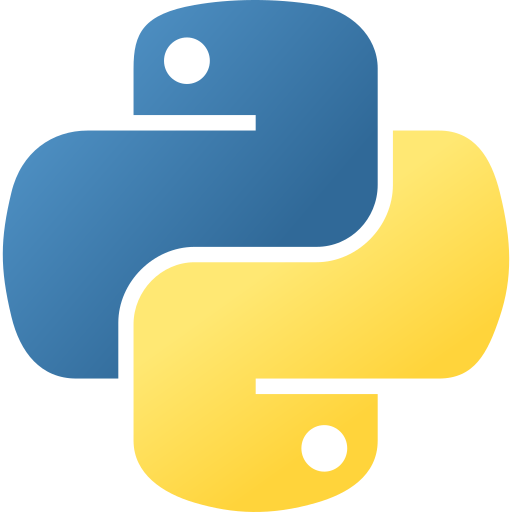 Python-Django
Python-Django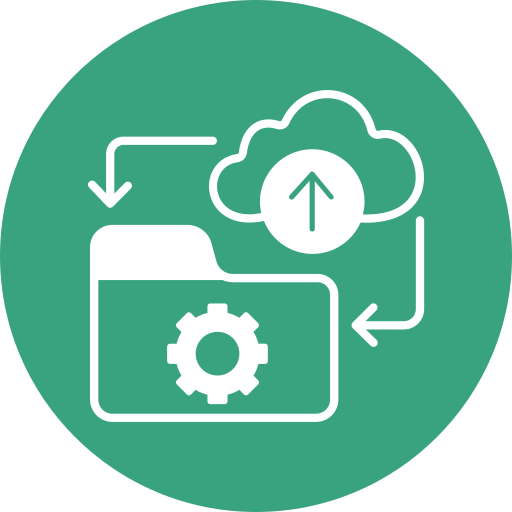 Platform as a Service
Platform as a Service Backend
Development
Backend
Development.png) Custom Software Design
Custom Software Design
 CRM Software
Development
CRM Software
Development
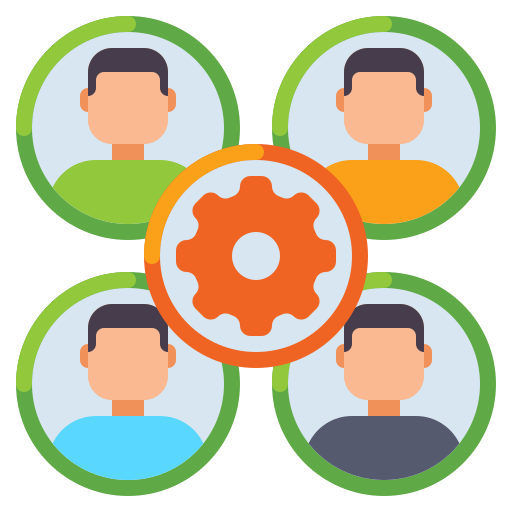 Workforce Management
Software
Workforce Management
Software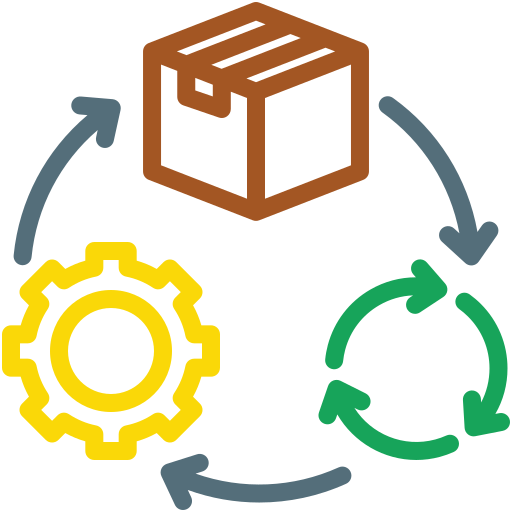 Product Lifecycle
Managements
Product Lifecycle
Managements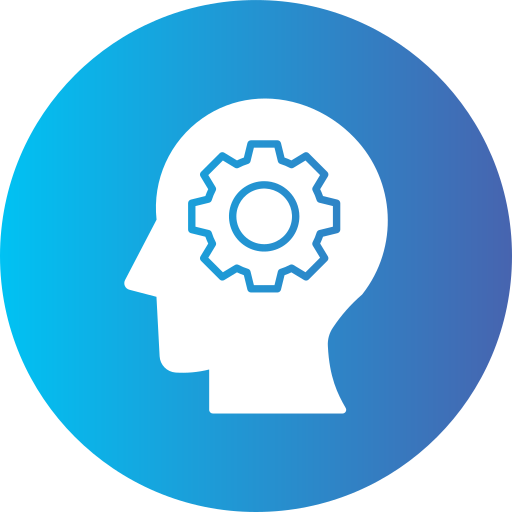 Cognitive Services
Cognitive Services
 Data Automation
Data Automation Marketing Automation
Marketing Automation.png) Neural Network
Development
Neural Network
Development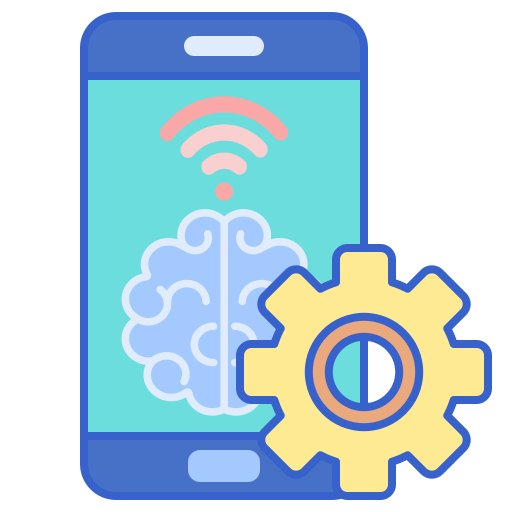 Develop Smart
Products
Develop Smart
Products

